How to Make a Terrarium: A Step-by-Step Guide to Creating Your Mini Garden
Terrariums are the perfect way to bring a touch of greenery into your home. These self-contained ecosystems are not only visually stunning but also easy to create and maintain, making them an ideal project for gardeners of all skill levels. Whether you want to add a tropical rainforest vibe to your living space or a sleek, modern touch with succulents, terrariums are endlessly customizable and fun to make.
In this blog post, we’ll walk you through how to make a terrarium from scratch, covering everything from selecting the right materials to choosing the best plants for your mini garden.
What Is a Terrarium?
A terrarium is a small, enclosed garden that is grown inside a glass container. They come in two main types:
- Open Terrariums: Ideal for succulents and plants that prefer drier conditions, these have no lid and allow air to circulate freely.
- Closed Terrariums: Sealed with a lid or cover, these create a humid, self-sustaining environment perfect for tropical plants.
Knowing which type of terrarium you want to create will help you choose the right plants and container.
Materials You’ll Need to Make a Terrarium
To build your terrarium, you’ll need the following materials:
1. Glass Container: Choose a clear glass container with or without a lid, depending on the type of terrarium you’re making. Popular options include fishbowls, mason jars, geometric vessels, or even repurposed vases.
2. Small Pebbles or Gravel: These create a drainage layer to prevent water from pooling at the bottom of your container.
3. Activated Charcoal: Helps keep the environment fresh and prevents odor or mold from developing.
4. Potting Soil: Use a soil mix suited to your chosen plants (e.g., cactus soil for succulents or a rich, well-draining mix for tropical plants).
5. Plants: Select small plants that fit comfortably in your container.
6. Decorative Elements (Optional): Add moss, stones, figurines, or other decorative accents for a personal touch.
7. Gardening Tools: A small trowel, tweezers, or chopsticks can help you place plants and decorations with precision.
Step-by-Step Guide to Making a Terrarium
Step 1: Select Your Plants
The first step in creating a terrarium is choosing plants that are compatible with your chosen terrarium type:
- For open terrariums, opt for drought-tolerant plants like succulents, cacti, or air plants.
- For closed terrariums, select tropical plants that thrive in high humidity, such as mosses, ferns, nerve plants (Fittonia), or peperomia.
This article dicusses how to make a terrarium. Make sure your plants are small enough to fit comfortably inside the container without touching the sides.
Step 2: Prepare the Layers
Terrariums rely on proper layering to create a healthy, well-drained environment for your plants. Follow these steps to build the base of your terrarium:
1. Drainage Layer: Add a 1–2-inch layer of pebbles or gravel to the bottom of your container. This prevents excess water from collecting in the soil.
2. Charcoal Layer: Sprinkle a thin layer of activated charcoal over the pebbles to keep the environment fresh and prevent odors.
3. Soil Layer: Add a layer of potting soil, about 2–3 inches deep, depending on the size of your plants' root systems.
Step 3: Plant Your Mini Garden
1. Now that your container is prepared, it’s time to plant!Use a spoon, trowel, or your fingers to create small holes in the soil for each plant.
2. Carefully remove your plants from their pots, loosen the roots, and place them in the soil.
3. Press the soil gently around the base of each plant to secure it in place.
Step 4: Add Decorative Touches
Personalize your terrarium with decorative elements. Add moss to cover bare soil, place small stones for texture, or include miniature figurines for a whimsical touch. This step allows you to get creative and make your terrarium truly unique!
Step 5: Water Your Plants
Water your terrarium carefully:
- For open terrariums, lightly water the soil, ensuring it dries out between waterings. Succulents and cacti need very little water.
- For closed terrariums, water sparingly—just enough to moisten the soil. The sealed environment will retain moisture, so overwatering can lead to mold or root rot.
Step 6: Choose the Perfect Spot
Place your terrarium in a location with bright, indirect light. Direct sunlight can overheat your plants, especially in a closed terrarium. For low-light plants like mosses and ferns, a spot with filtered light is ideal.
Caring for Your Terrarium
Terrariums are low-maintenance, but they still require some care to keep them thriving. Here’s how to maintain your terrarium:
- Monitor Moisture Levels: Check the soil regularly and adjust your watering schedule as needed. Closed terrariums rarely need watering, while open terrariums may require more frequent attention.
- Prune and Remove Dead Leaves: Trim overgrown plants and remove any dead or yellowing leaves to prevent decay.
- Clean the Glass: Keep the glass clean and free from condensation to maintain a clear view of your plants.
- Avoid Overwatering: Overwatering is the most common mistake in terrarium care. Always err on the side of caution and water sparingly.
Best Plants for Terrariums
If you’re unsure which plants to use in your terrarium, here are some popular options:
For Open Terrariums:
- Echeveria
- Jade plant
- Air plants (Tillandsia)
- Zebra plant (Haworthia)
- String of pearls
For Closed Terrariums:
- Mosses
- Maidenhair fern
- Nerve plant (Fittonia)
- Peperomia
- Polka dot plant
Why Make a Terrarium?
Terrariums are more than just a fun DIY project—they’re a way to connect with nature and bring a sense of calm to your space. Here are a few reasons to make your own terrarium:
- Eco-Friendly Decor: Terrariums are a sustainable way to decorate your home or office.
- Low-Maintenance Gardening: Perfect for busy individuals or those new to gardening, terrariums require minimal care.
- Stress Relief: Tending to plants has been shown to reduce stress and improve mental well-being.
- Customizable Beauty: Terrariums are a creative outlet that allows you to design a garden that suits your personal style.
Conclusion
Creating a terrarium is a rewarding and enjoyable way to bring a slice of nature into your home. With the right materials, plants, and care, you can craft a beautiful mini garden that will thrive for years to come.
Whether you choose an open terrarium filled with succulents or a lush, closed terrarium teeming with tropical plants, the process of building and maintaining your terrarium is a fulfilling journey. Start your project today and enjoy the beauty of your own tiny, self-sustaining ecosystem!













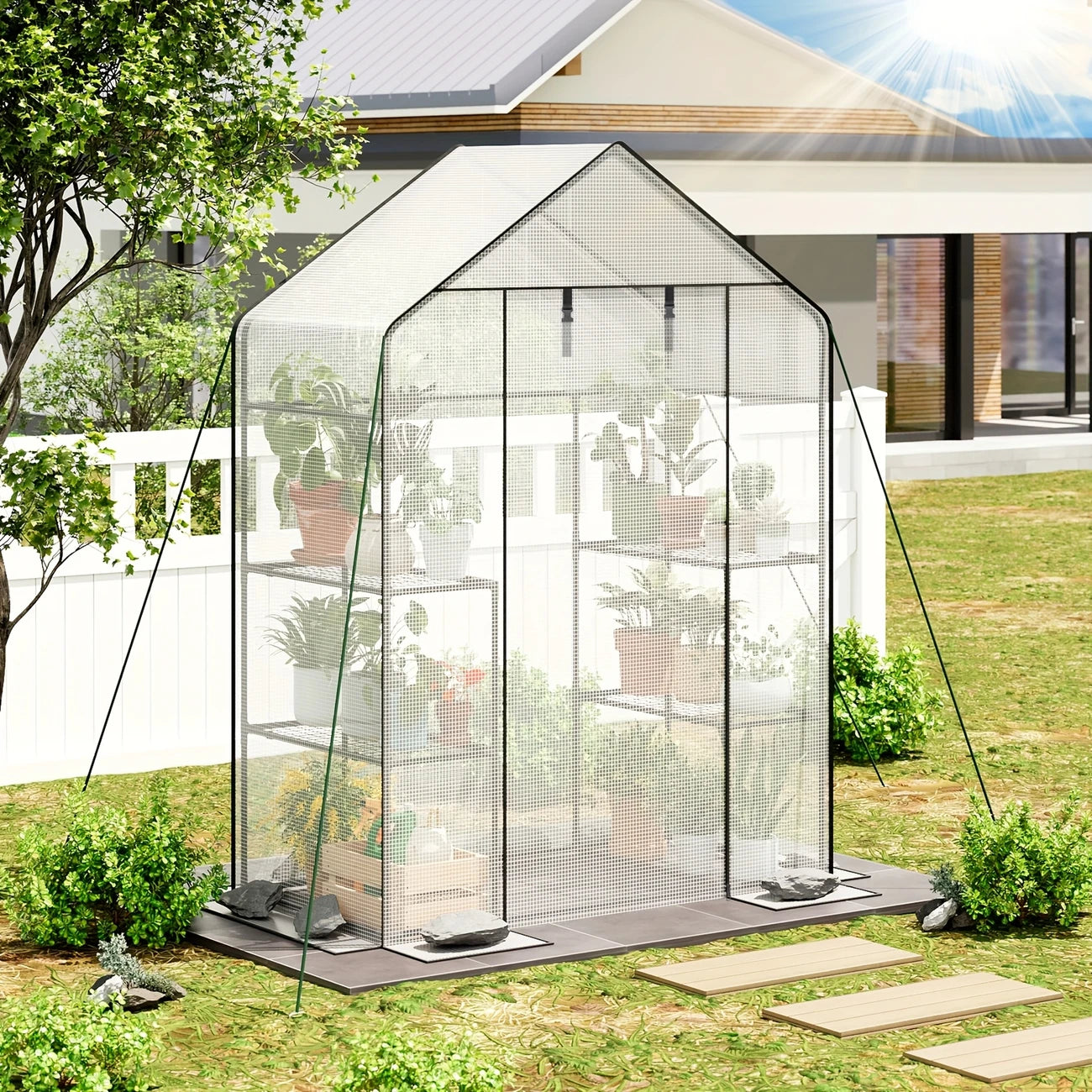
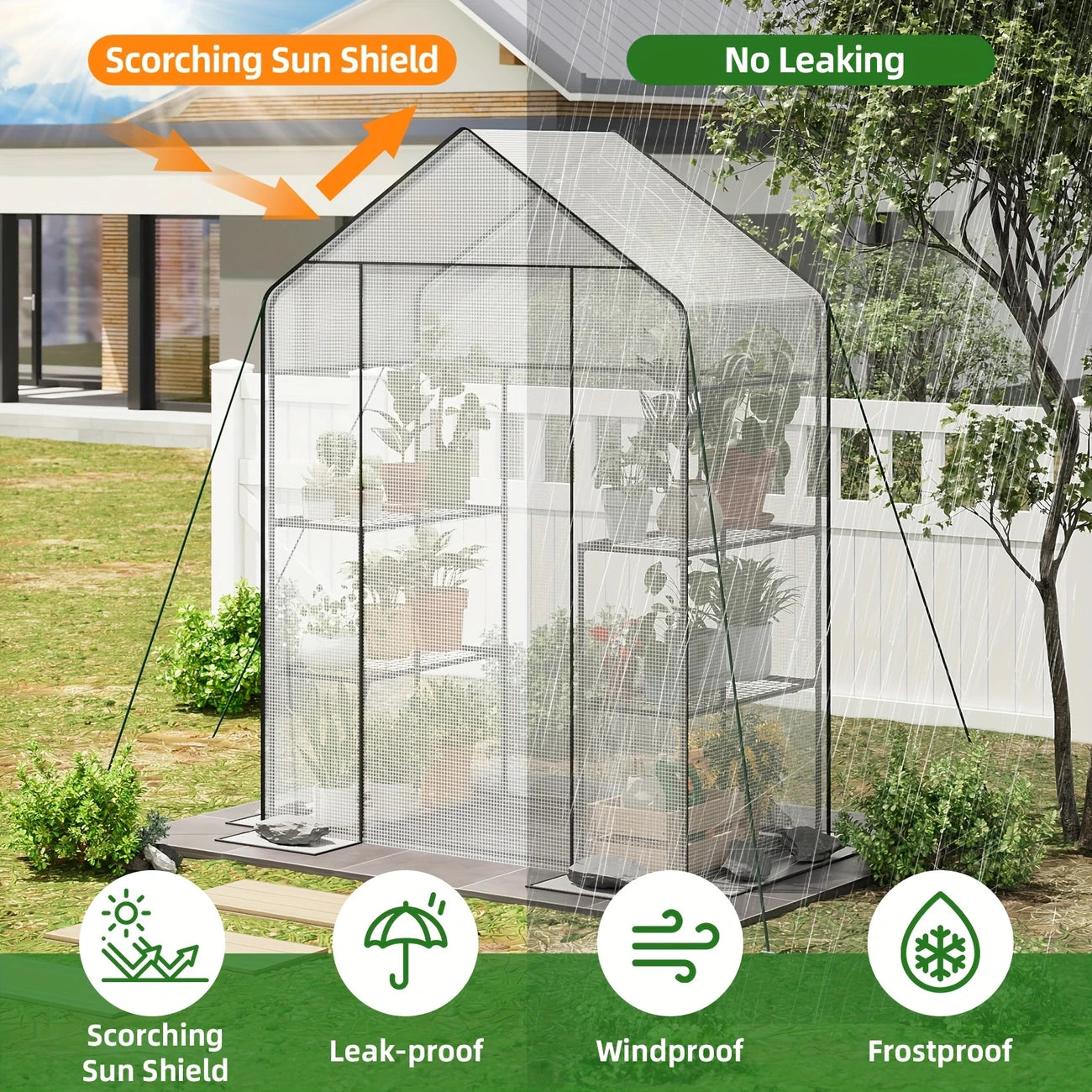
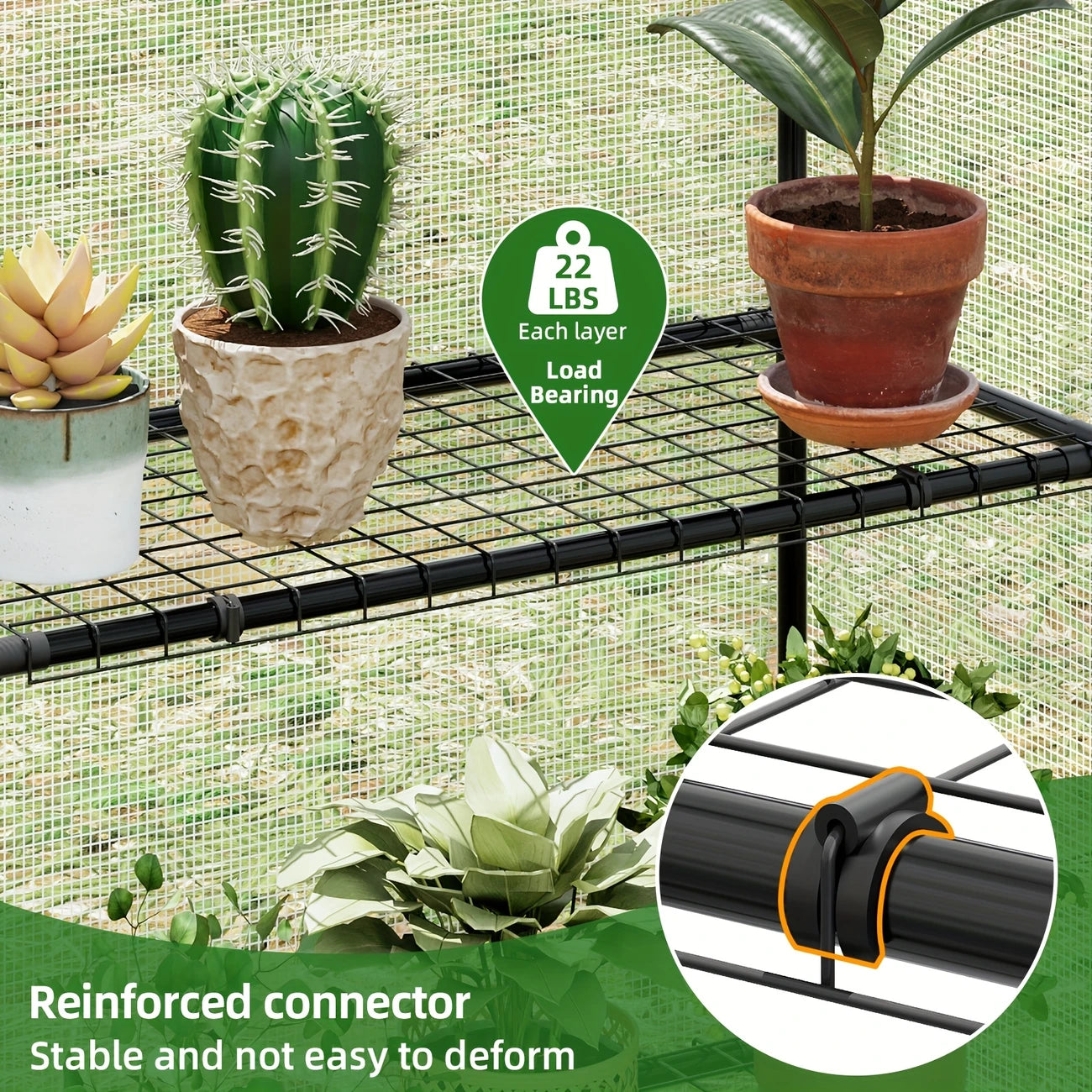
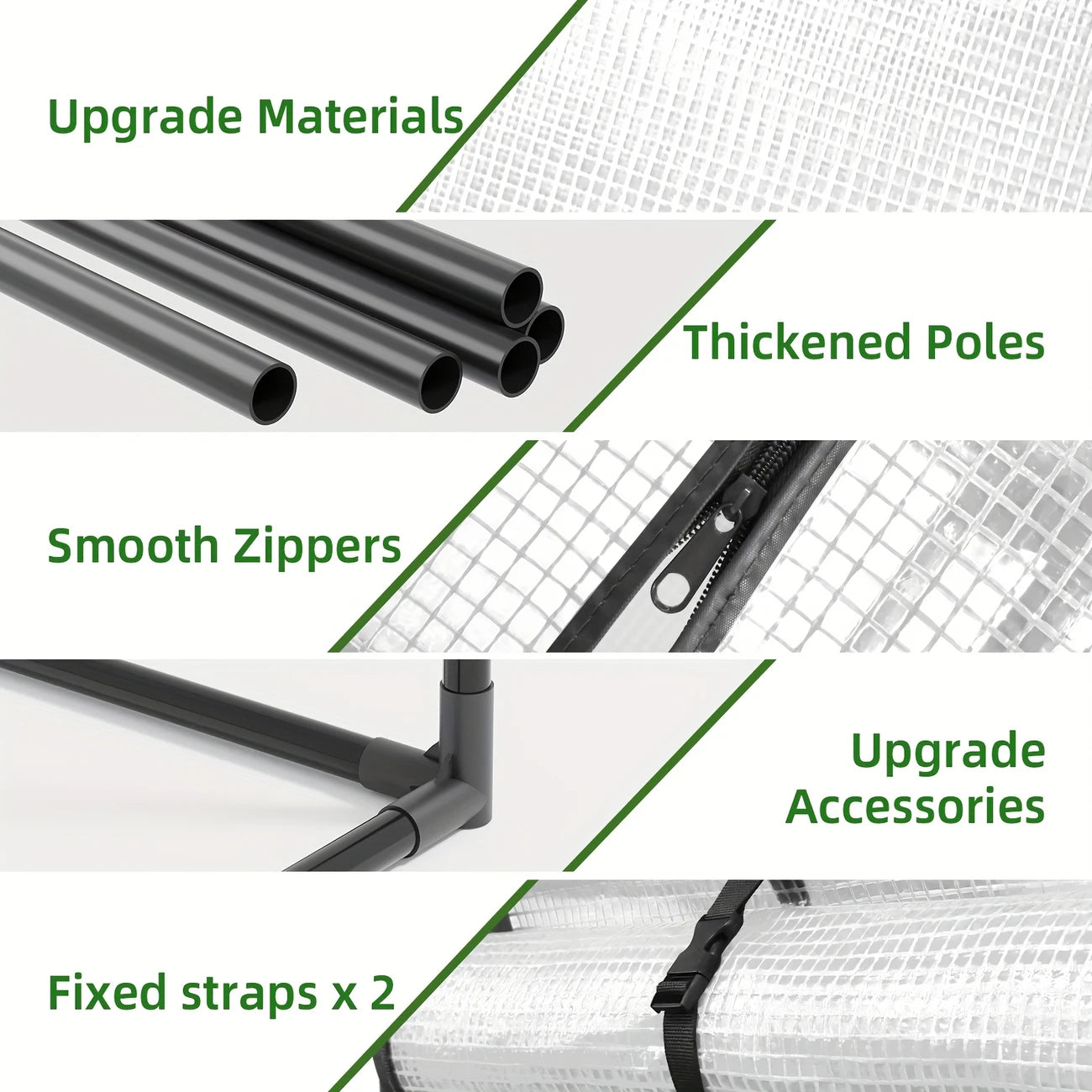
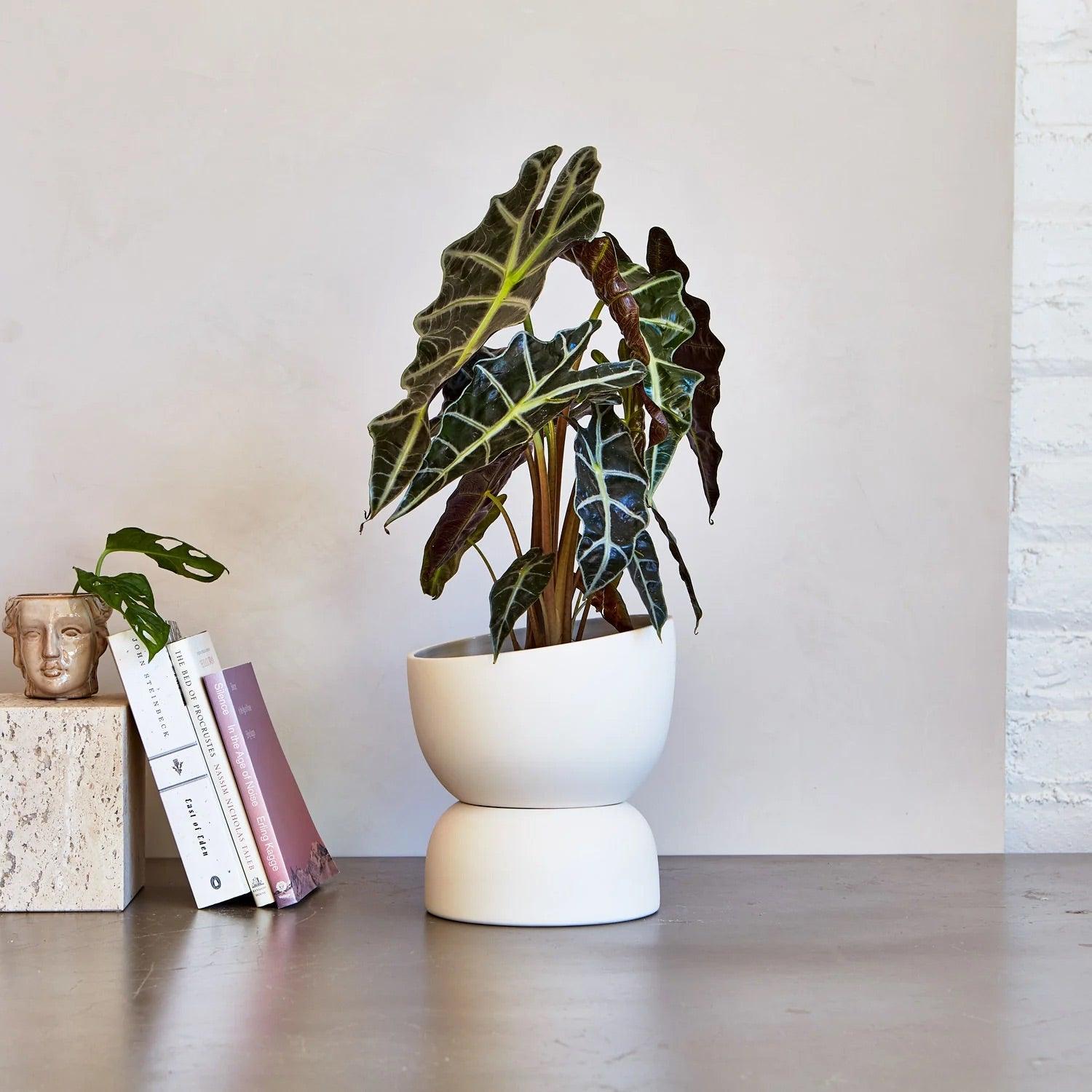
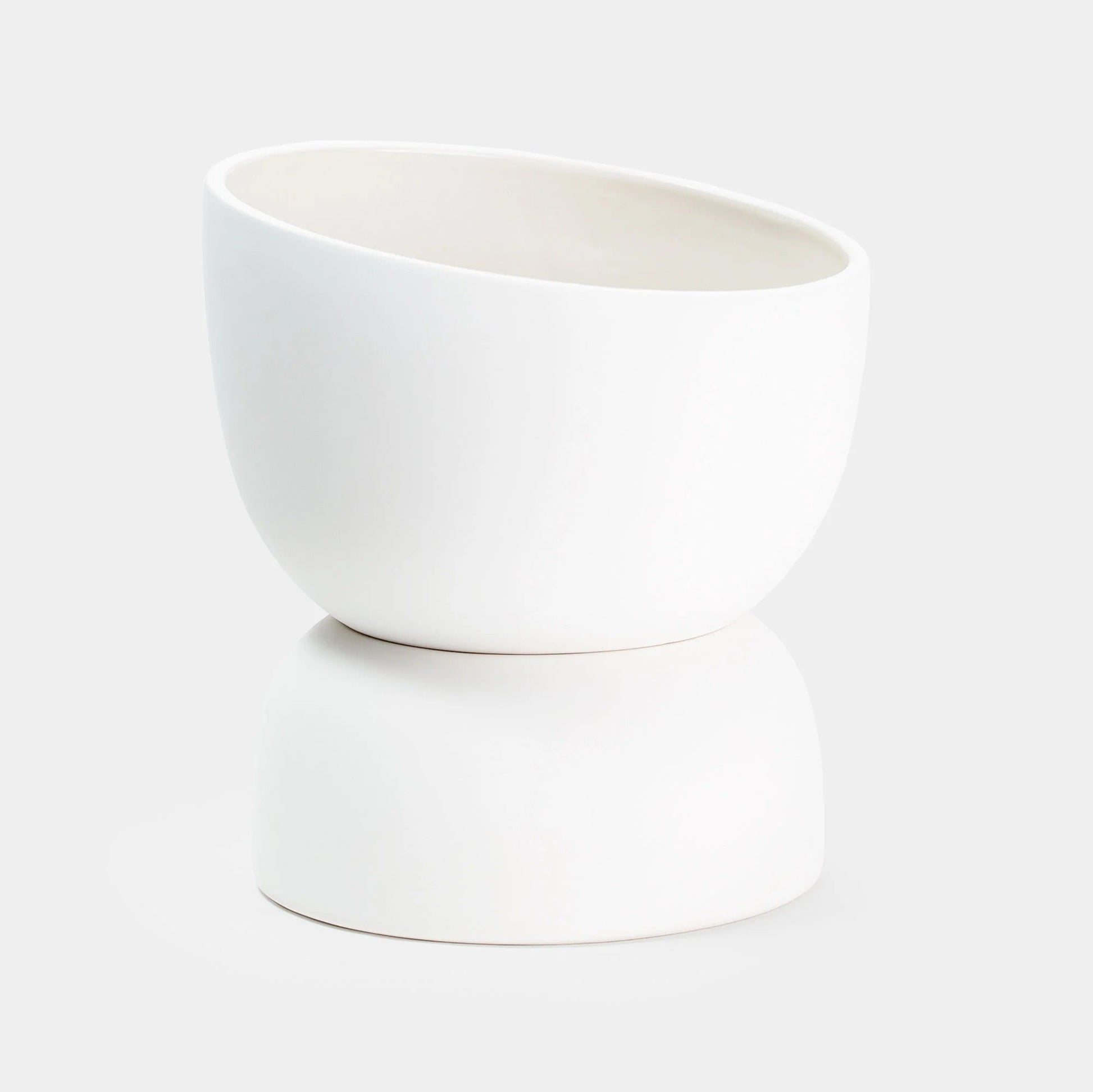

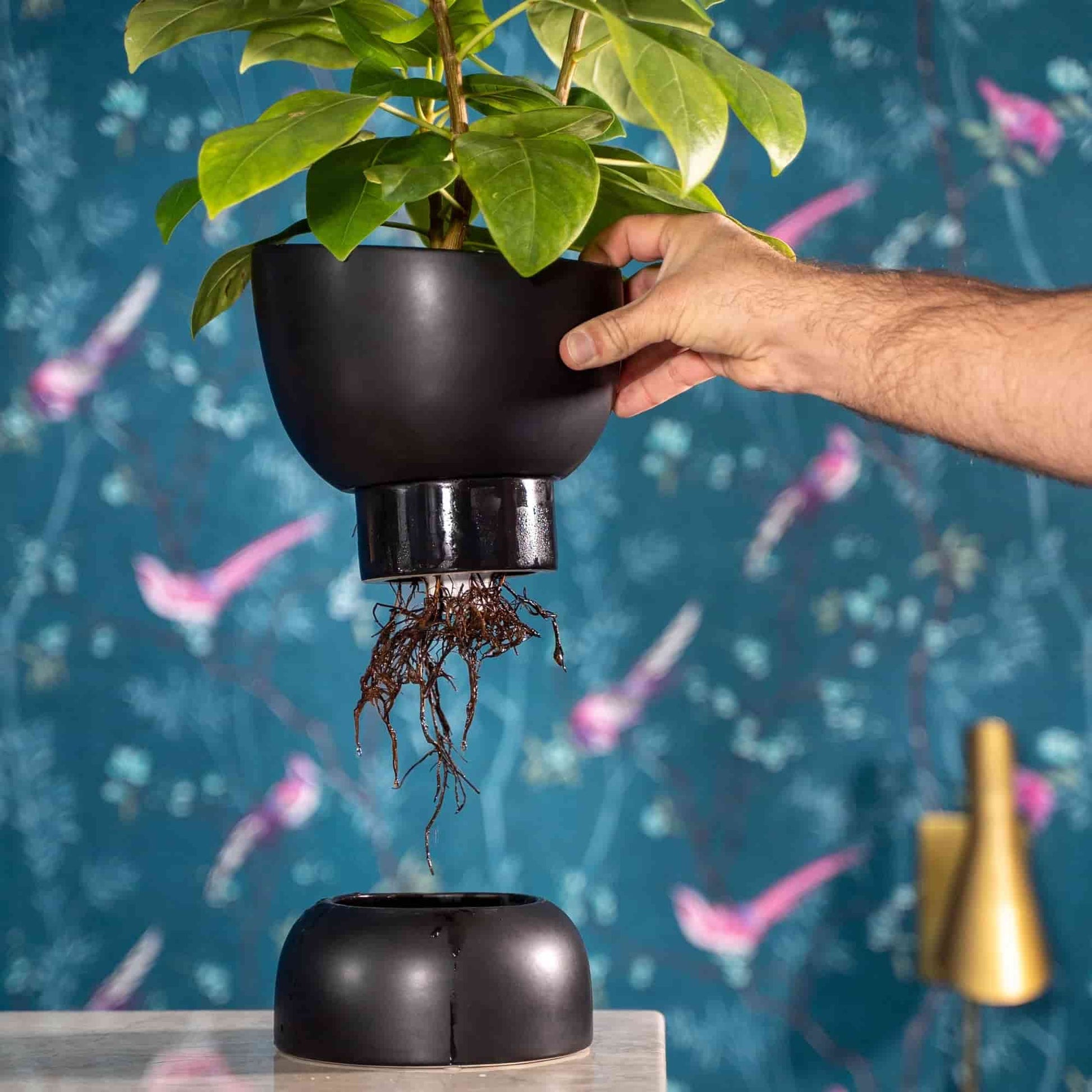
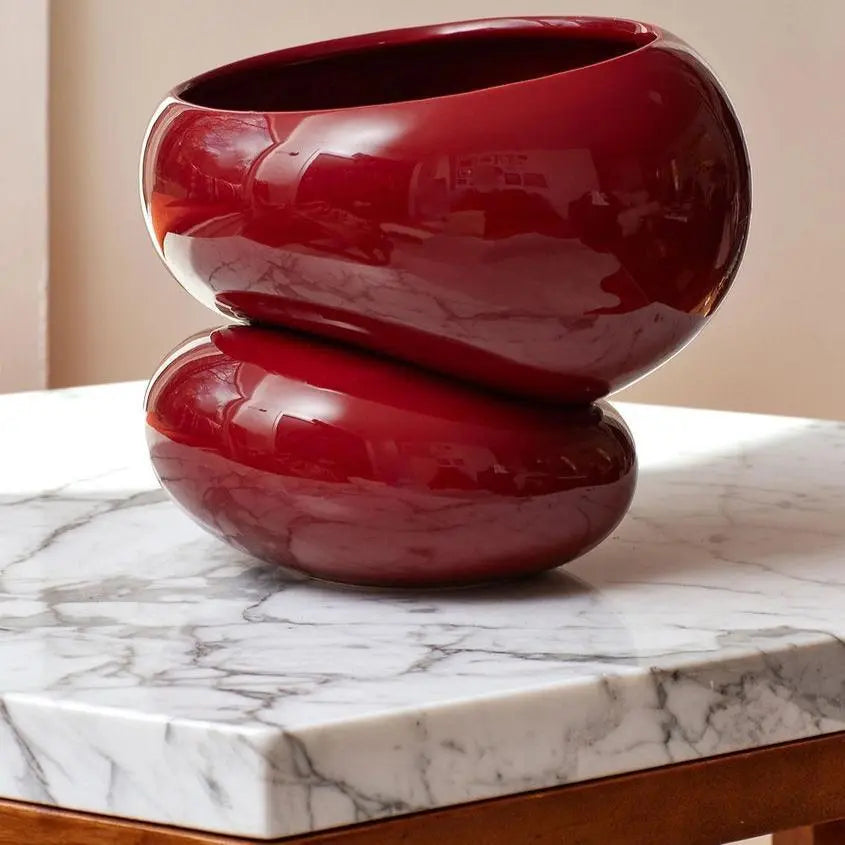

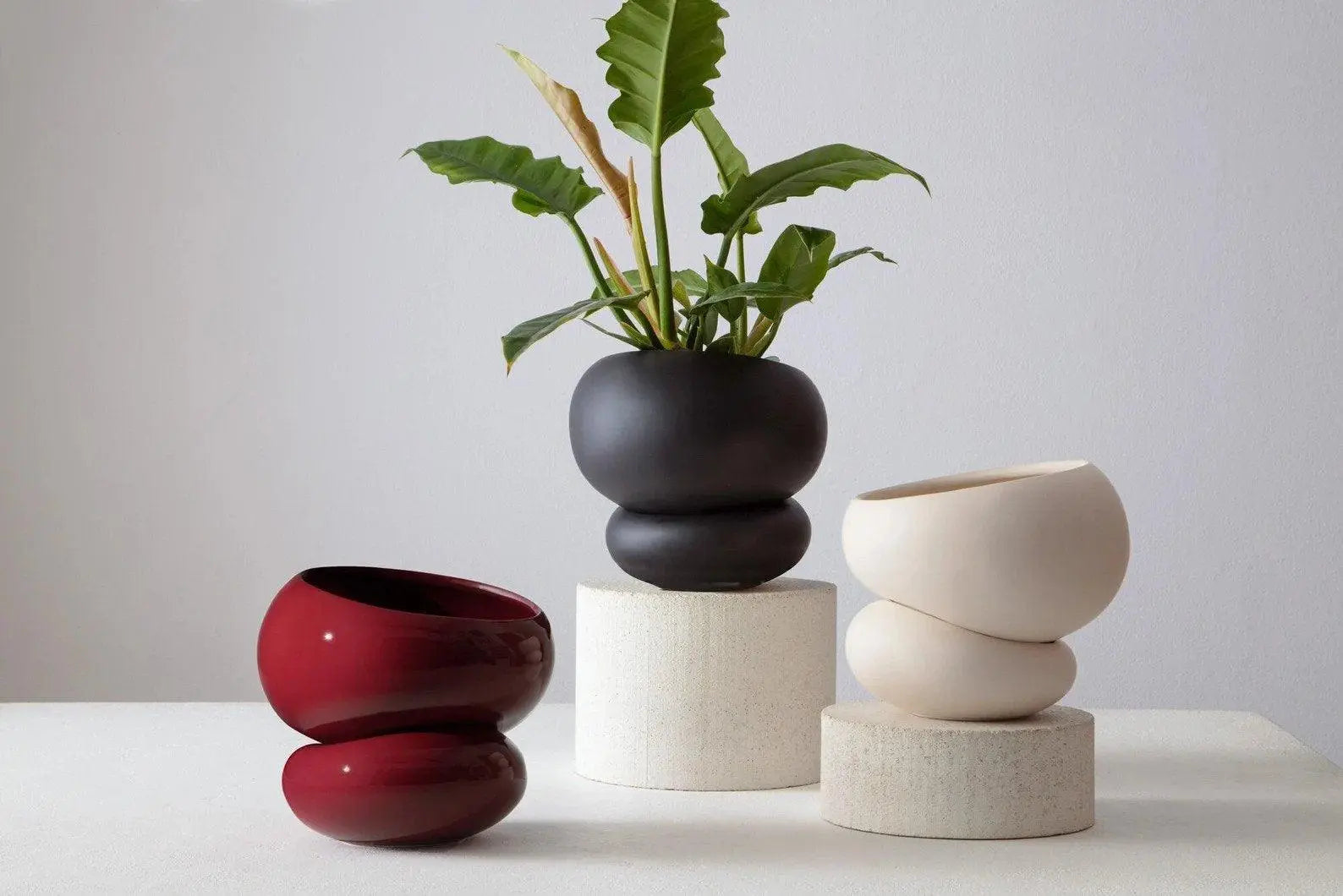
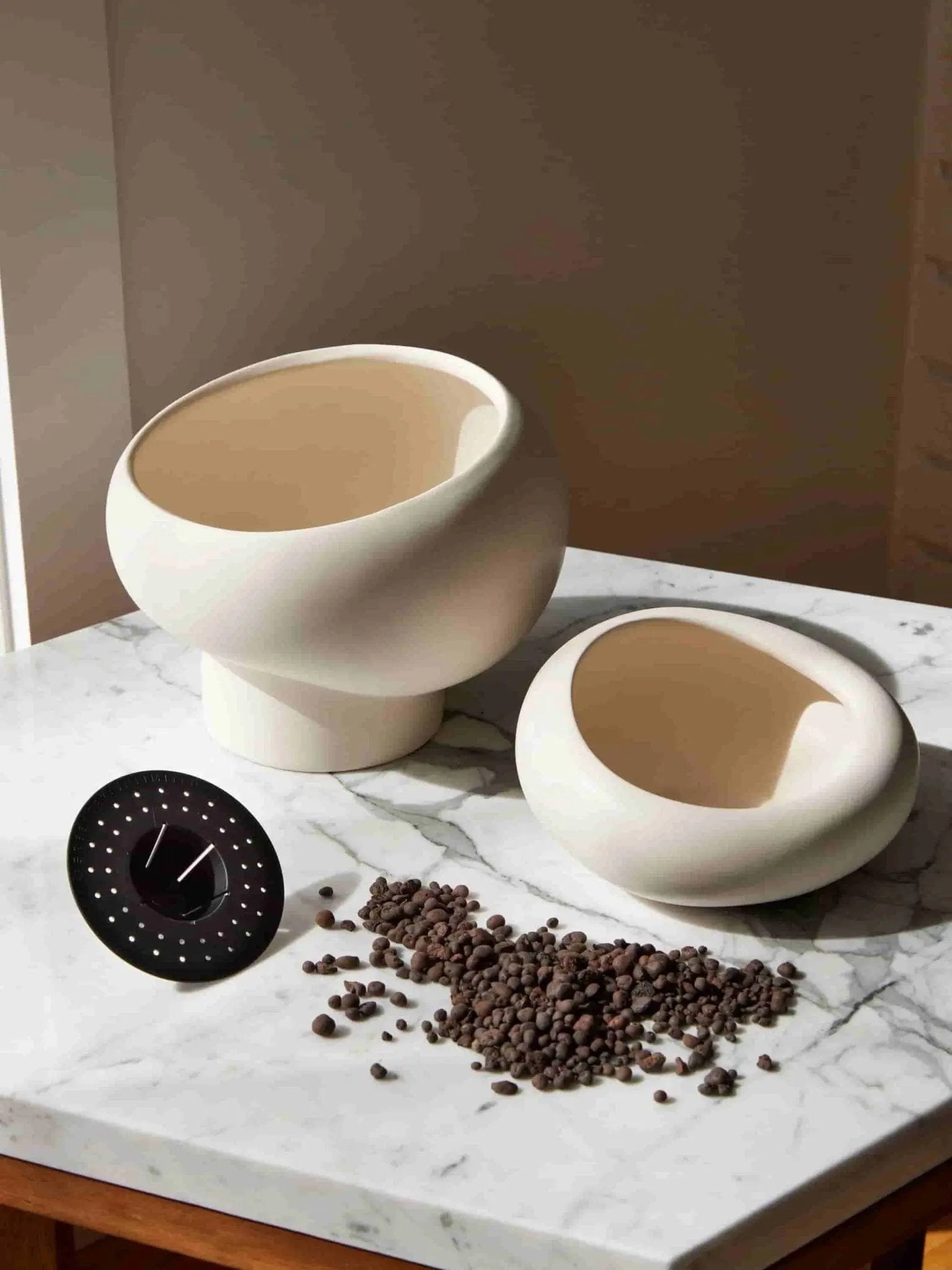
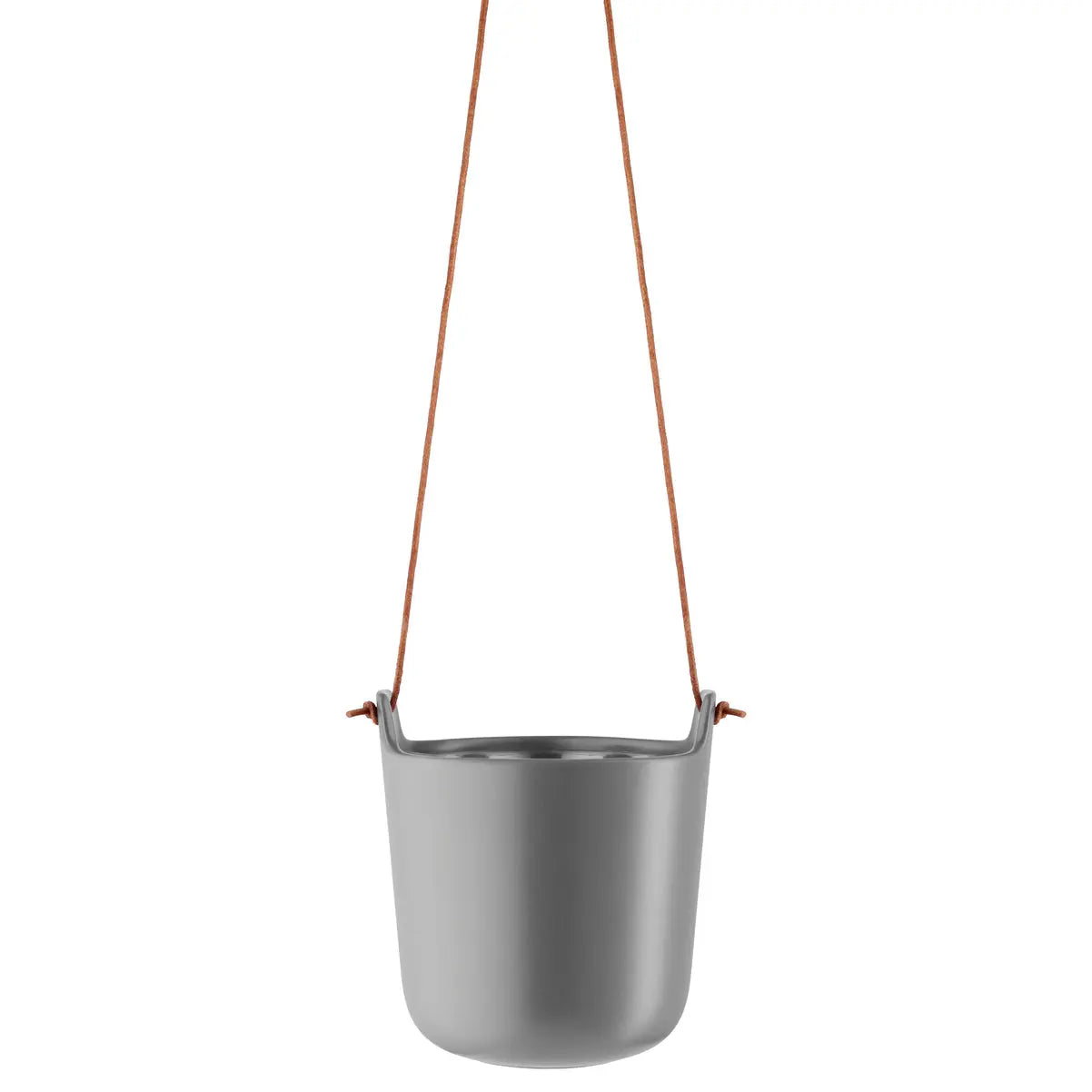

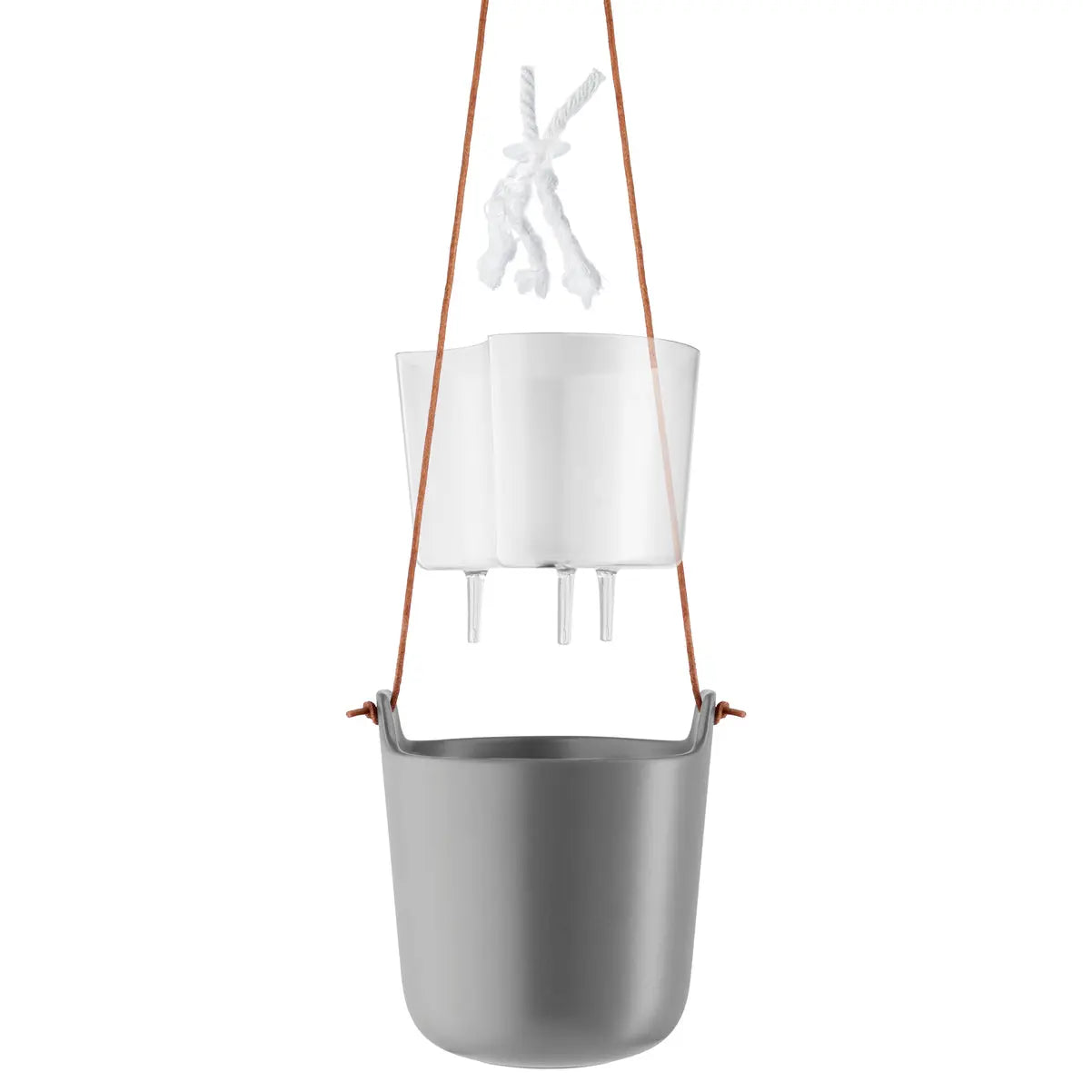
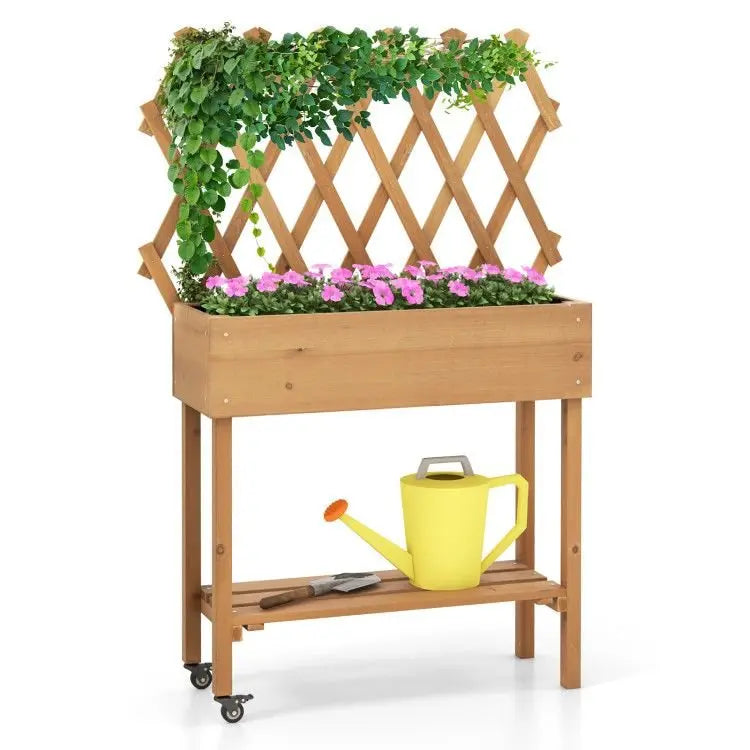
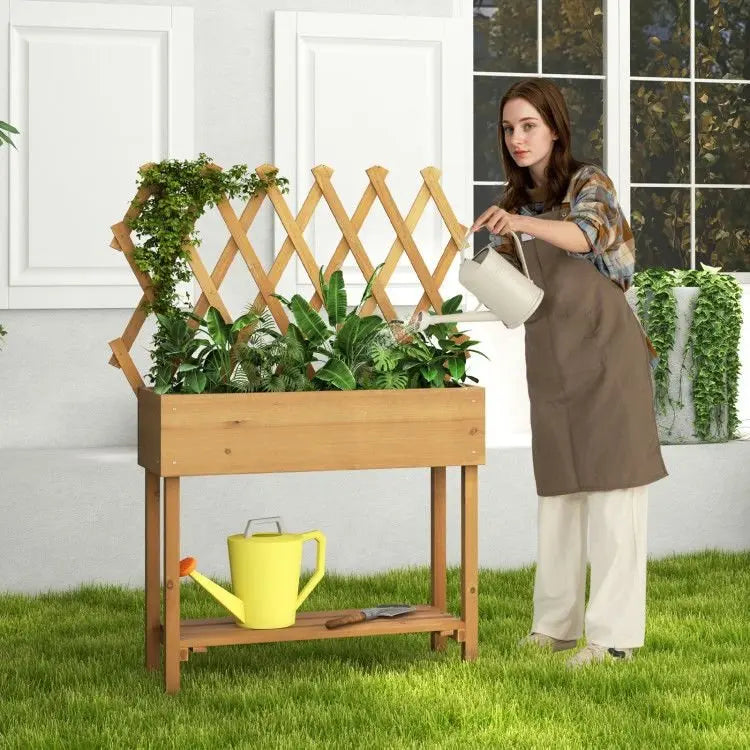
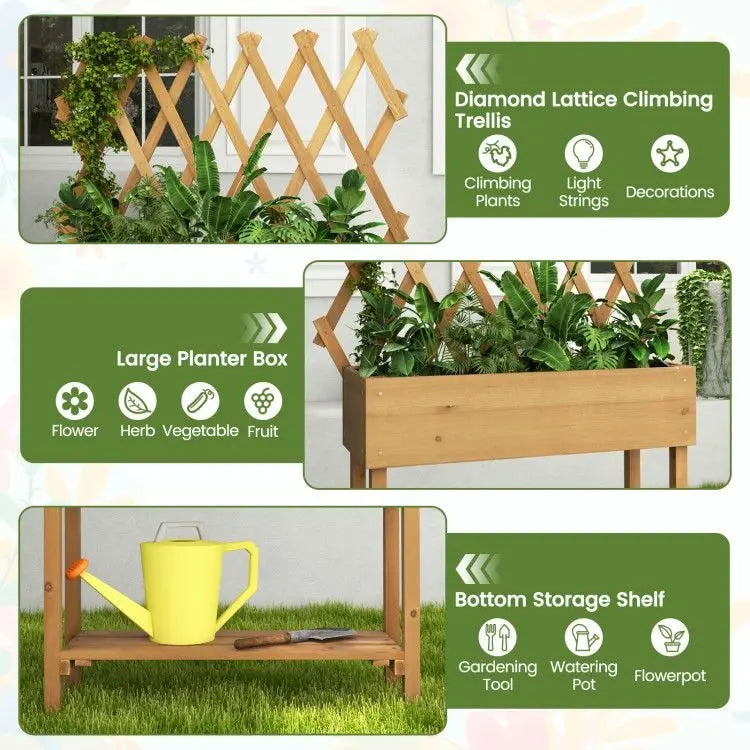
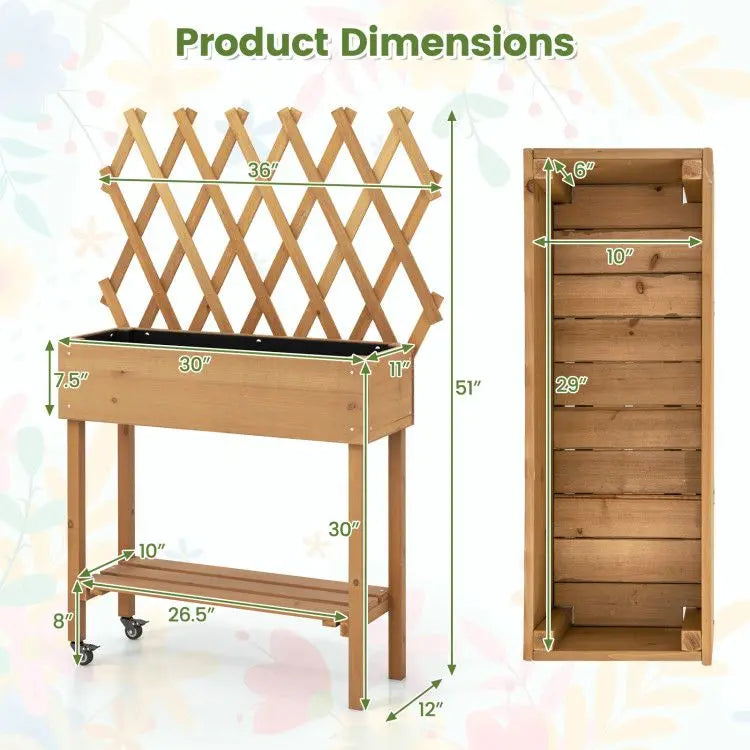
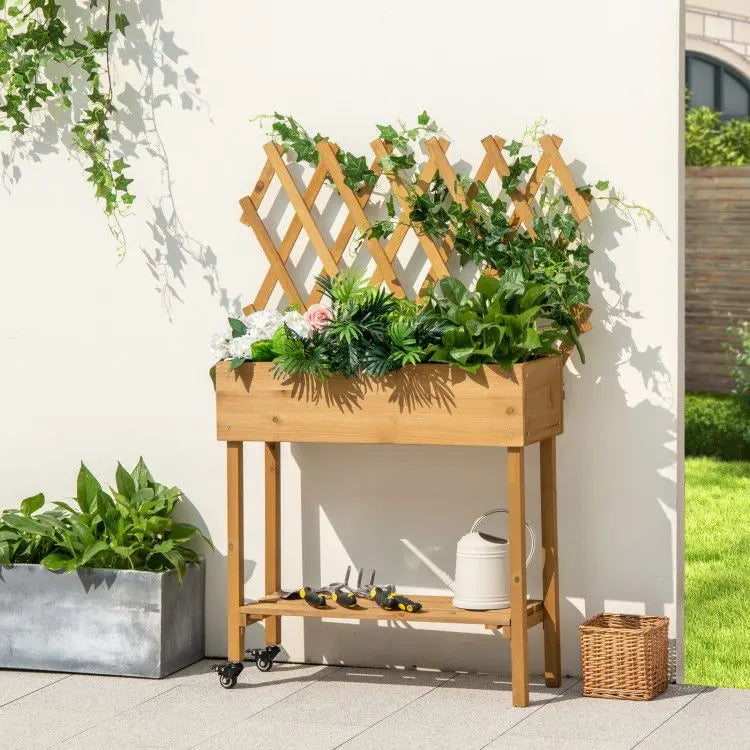
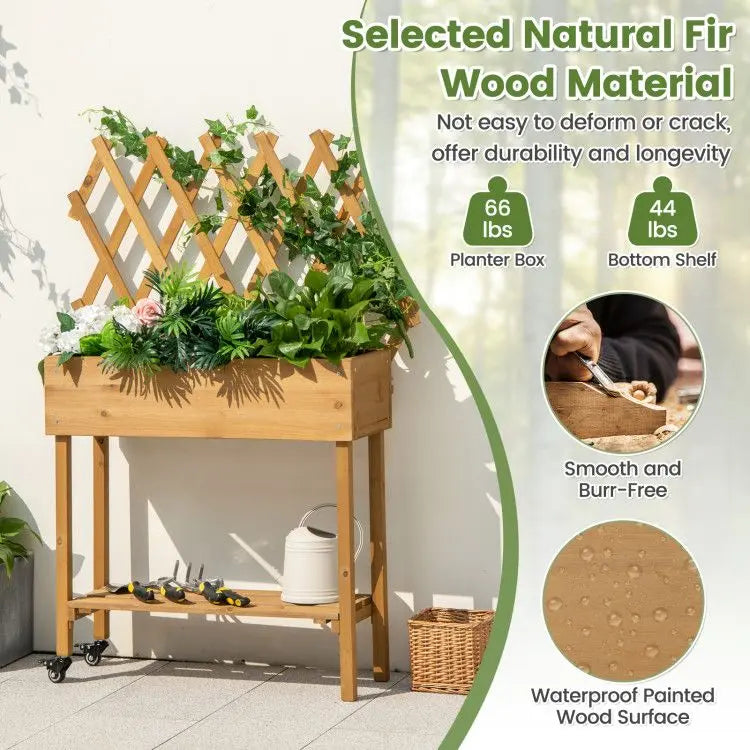
0 comments